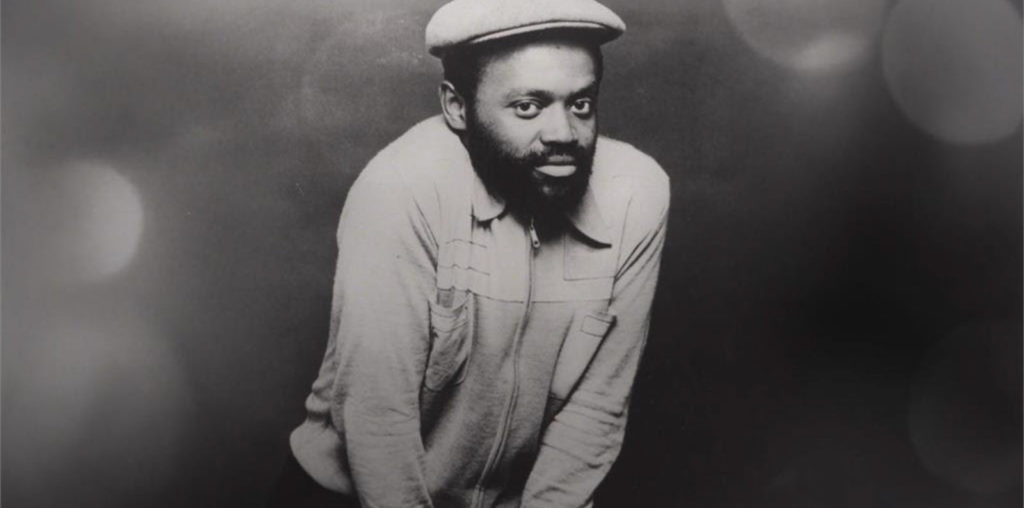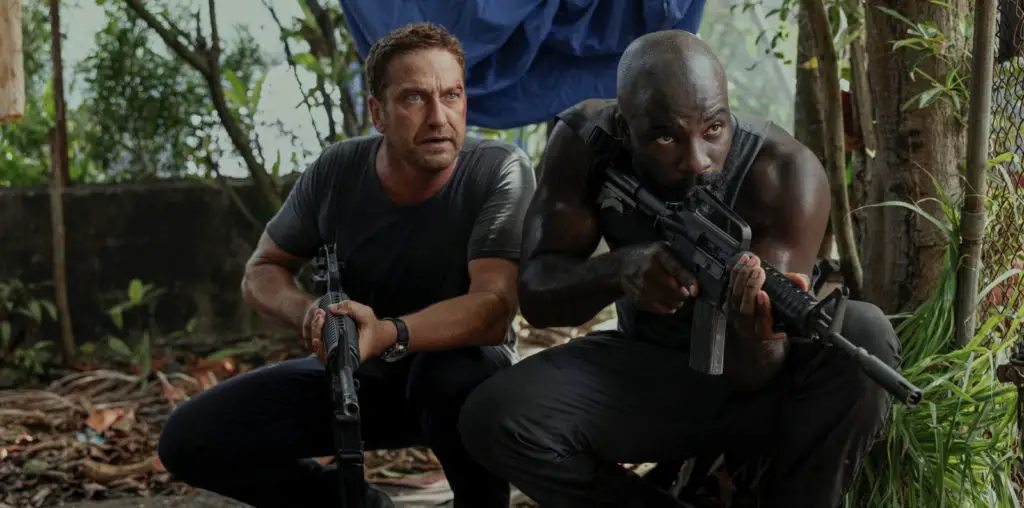
It is difficult to conceive this fact, but the original 3-hour 45-minute director’s cut of Michael Cimino’s “Heaven’s Gate” has never been shown in American theaters outside of its aborted November 1980 New York theatrical premiere engagement. Although this version was theatrically released around the world and it has been on home video for two decades, American moviegoers (outside of the few who saw it in New York in 1980) never had the opportunity to see it as Cimino intended: on the big screen.
At long last, “Heaven’s Gate” is in theaters in a fully restored re-release. Movie lovers can finally see for themselves what the fuss was all about. And they should see it, by all means.
The story of how “Heaven’s Gate” hemorrhaged over budget and sank United Artists has been told numerous times, and it does not deserve repeating here. Nor is it worth repeating the vicious reviews by the New York critics, lead by a bitchy slam from Vincent Canby of the Times (who seemed extremely eager to use all of his power to destroy the production and its creator).
But here is what needs to be repeated: “Heaven’s Gate” is far from perfect, but it is nowhere near the catastrophe that the nasty critics imagined. Nor is it deserving of the bad rap which it has carried for nearly a quarter-century. Truth be told, “Heaven’s Gate” is one of the most impressive and original motion picture epics ever created. The failure does not belong to the film, but to those miserable souls in 1980 who were giddy in tearing it to pieces.
The main problem with “Heaven’s Gate” is the extended opening sequence, which takes place at the Harvard University graduation ceremony of 1870. The sequence (running nearly 25 minutes) is meant to establish the central character of James Averill (Kris Kristofferson) as the product of wealth and privilege. Much of the sequence is taken up by John Hurt’s rambling valedictorian speech, which was actually pieced together from several similar speeches of the era. There are three main mistakes here: Hurt’s speech is an incoherent bore, neither Hurt nor Kristofferson can pass for 21 year olds (despite heavy make-up on both), and the Harvard campus was filmed at Oxford University – and the English institution’s landmark buildings are easily recognizable. Had Cimino dropped this entirely, the film could’ve been a true classic.
The film gets its traction when it shifts to Wyoming of 1890. Averill is now a federal marshal for the territory, which is experiencing a heavy influx of immigrants from Eastern Europe. The newcomers earn the wrath of the local cattle barons, who all seem to come from East Coast old money. The cattle barons, led by Sam Waterston in a strangely effective performance, view Averill as both a traitor to his class and a hindrance to their own brand of frontier justice. The latter is embodied in Christopher Walken as the leader of a group of hired guns who enforce vigilante justice on the immigrants, regardless if any genuine crime took place. The conflict escalates into a full-blown siege which is only halted by the timely arrival of the U.S. Cavalry. Yes, the Cavalry comes riding in Рbut the results of their appearance are not the typical clich̩ heroics one expects from old-fashioned Westerns.
And that is the beauty of “Heaven’s Gate”: it is not an old-fashioned Western. It is a sprawling tapestry of 19th century socio-economics played out against the majesty of Wyoming’s open plains. If you come to this film expecting “How the West Was Won” or any other classic Western of gung-ho individualism, forget it. This film is actually closer to how the West was won: a realm of genuine injustice where Eastern money influences bullied their way in a semi-lawless environment. A few critics complained that “Heaven’s Gate” felt anti-American. It is not. If anything, it is as close to the real America as any Western ever came.
Cimino fashioned a deep, multi-textured screenplay rich with fully dimensional characters. His ensemble cast brought the story to vivid life. Kristofferson gave a career peak performance here as a man who seems perpetually out of his element. As the uneasy law enforcement agent of the territory, he is scorned by the moneyed elite but is also viewed uneasily by those he is trying to protect. He beautifully underplays the role, expressing his no-man’s-land existence through stoic glances which betray hints of inner turmoil. His love interest, a bordello madam played by Isabelle Huppert, brings out his emotional side and their love scenes have a genuine passion. Yet she is a shrewd operator, using sex to build a small frontier fortune while using her sultry presence to play the men of the town against each other.
Walken and Hurt, who were still capable of creating balanced performances free of fatty ham, are equally memorable as the icy killer and the Harvard wastrel who somehow winds up in the midst of the Wyoming chaos. Jeff Bridges and Brad Dourif turn up in vibrant smaller roles as advocates of the immigrant masses, and a careful eye can spot two unknowns in even smaller parts: Mickey Rourke and Willem Dafoe.
Having “Heaven’s Gate” on the big screen can finally allow the film’s design genius to be fully appreciated. Vilmos Zsigmond’s cinematography is peerless, offering a brilliant spectrum of imagery from the vast beauty of the Wyoming wilderness to the carefully over-decorated rooms where the characters seek refuge from the elements. The film’s recreation of the Victorian-style décor is a masterwork (the film’s sole Oscar nomination was for Best Art Direction). David Mansfield’s music score is subtle and stirring, enhancing the emotions of the film without overpowering the production (a problem that too many contemporary scores have).
As for the climactic battle, which was based on a genuine event dubbed (somewhat grandly) the Johnson County War, Cimino helmed a stunning clash which swirls in noise, commotion, dust and anguish. It is not the shoot-em-ups of the John Wayne flicks, but a genuine siege brought to gruesome life. It is a triumph of planning and execution, and it was nothing short of obscene for the 1980 critics to trash this sequence.
“Heaven’s Gate” is a great movie. Not a perfect film, mind you, but one which needs to be seen in a theater with a clear and open mind. If any film needs to have its image rehabilitated, this is the one. And thank goodness it now has that chance.


You are so right. I would even give it more of a rave than you did. I loved the opening sequence – it drew me into the film and let me appreciate the incredible cinematography. The speech, on the other hand was almost incomprehensible. Also, Christopher Walken’s performance has got to be one of the strangest things I’ve ever seen- what’s with the eye makeup?(and the accent was laughable). But basically this is an art film set in the Old West, with some of the most beautiful images ever captured on film. A near perfect masterpiece!